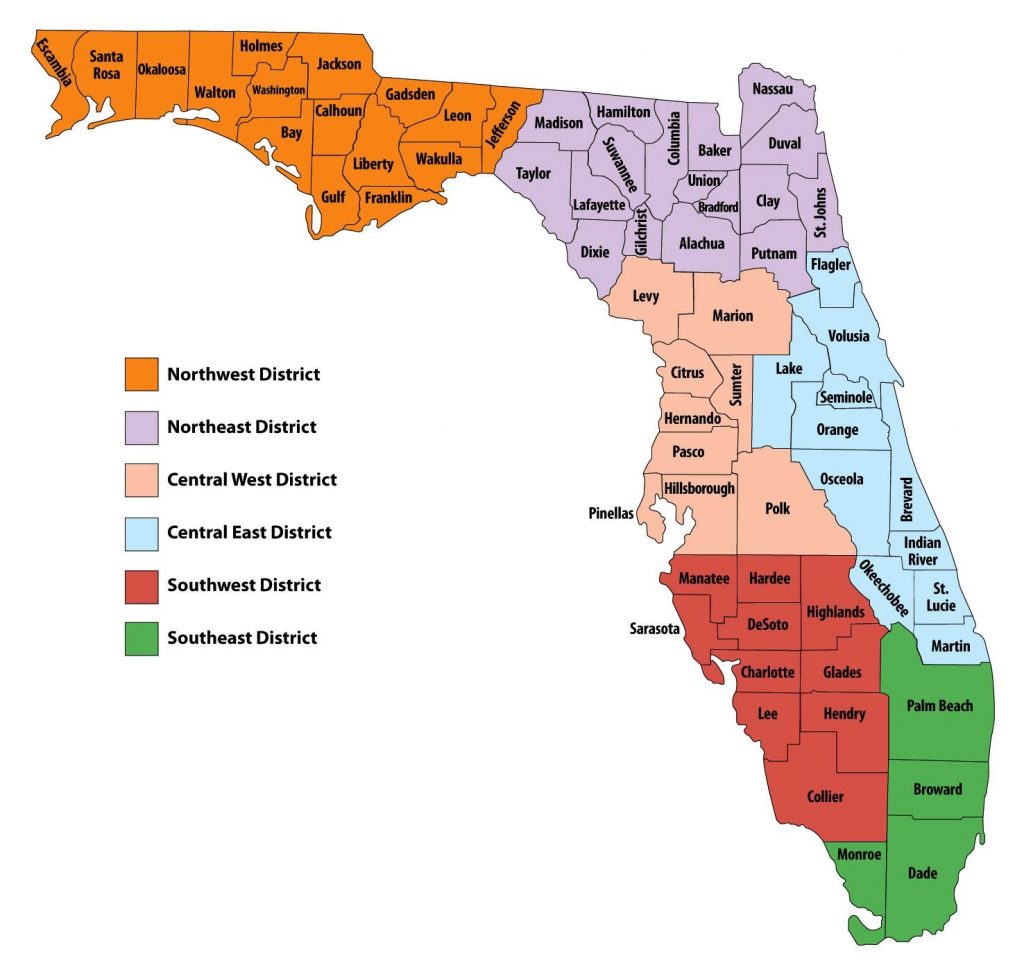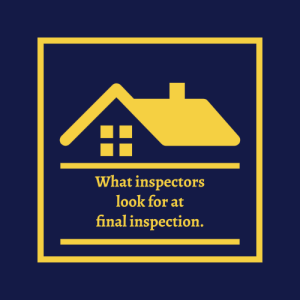october 2021, issue 1
ELITE PERMITS
BRIEFING ON CONSTRUCTION & Some other stuff
Finding out what municipality/jurisdiction you are under?
Written by TATIANA gUSt
The permitting process can be long and confusing, but it doesn’t have to be, because we are here to help you.
In this blog, we want to share with you the first step of the permitting process. You need to find out under which building department your permit will be regulated; many times you assume it must be in “my county” but each county can have many smaller building departments within its area. This is extremely important as it will determine the requirements that apply to your project and the paperwork you have to fill out. Most jurisdiction have their own applications and they won’t accept anything other than theirs.

Finding that out is, in fact, an easy task. In this blog, we will explain step by step how to do so.
1) Find out the county you are in by visiting this link: https://www.whatcountyamiin.com/ (What County am I In?) and type the address, city, and state of your project. The site will provide you with the “County” you are located in.
2) Look up the property appraiser’s website for the county you determined in the previous step. For example: “Lee County property appraiser”.
3) On the property appraiser website, find the “Search” or “Search real property” option and type the address of your project.
4) Once you find the address, review all the information that is displayed for your property. About 90% of the time the building department that applies to the project (municipality) will be listed there. If it is not, call the property appraiser’s office and they can help you find it as well.
5) Google ” building department” to go to the website of your respective building department, and find out what they require for permitting. For Example “City Sarasota building department”
This information will allow you to learn what the building department requires depending on whether your project is residential, commercial, or multifamily.
If this seems to be overwhelming, leave these tasks to us; Elite Permits is here to help!
Call us if you have further questions or if you wish to have our team of professionals complete the permitting process for you!







